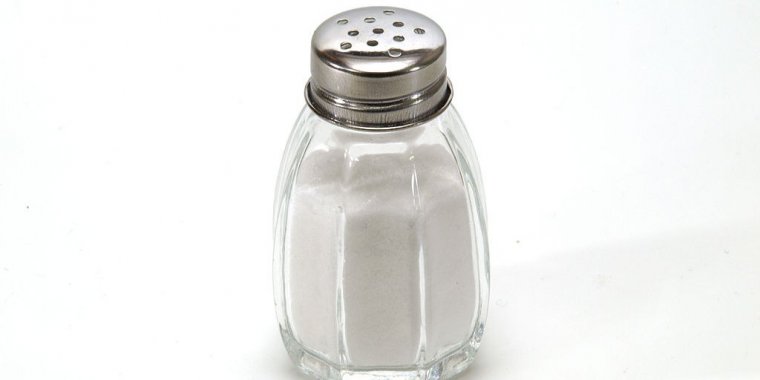| News / Science News |
Too Much Salt? Unhealthy Blood Vessels Changes
Findings of a new study suggest adolescents who consume too much salt have measurable changes in their blood vessels associated with early signs of cardiovascular disease in adults.
Arterial stiffness, sometimes called hardening of the arteries, is a known risk factor for heart attack and stroke in adults. Monitors placed on the skin near major arteries in the arm, neck and groin can detect this condition, which indicates increased risk of heart attack and stroke.
Recent studies have found increased arterial stiffness in youth with risk factors such as obesity, diabetes, hypertension and high cholesterol.
The study involved 775 participants recruited from an Ohio children's hospital who were measured for the elasticity or distensibility of their brachial artery (BrachD), located in the upper arm. Pulse wave velocity (PWV) was also measured for differences in the speed that blood traveled between their carotid artery in the neck and femoral artery in the groin. The amount of sodium they consumed was measured with self-reported, 3-day diet records.
The results showed that higher average daily sodium intake was associated with lower BrachD and higher PWV after adjusting for age, race, sex, body-mass index and other blood electrolyte levels that could affect readings.
Together, these two readings indicated higher levels of stiffness in both peripheral arteries in the extremities, as well as in central arteries, tied to higher sodium consumption.
Adolescents and young adults have higher-than-recommended amounts of salt in their diet. The study suggests this may translate into changes in the body that put them at higher risk for future heart attack and stroke. (Tasnim News Agency)
YOU MAY ALSO LIKE






